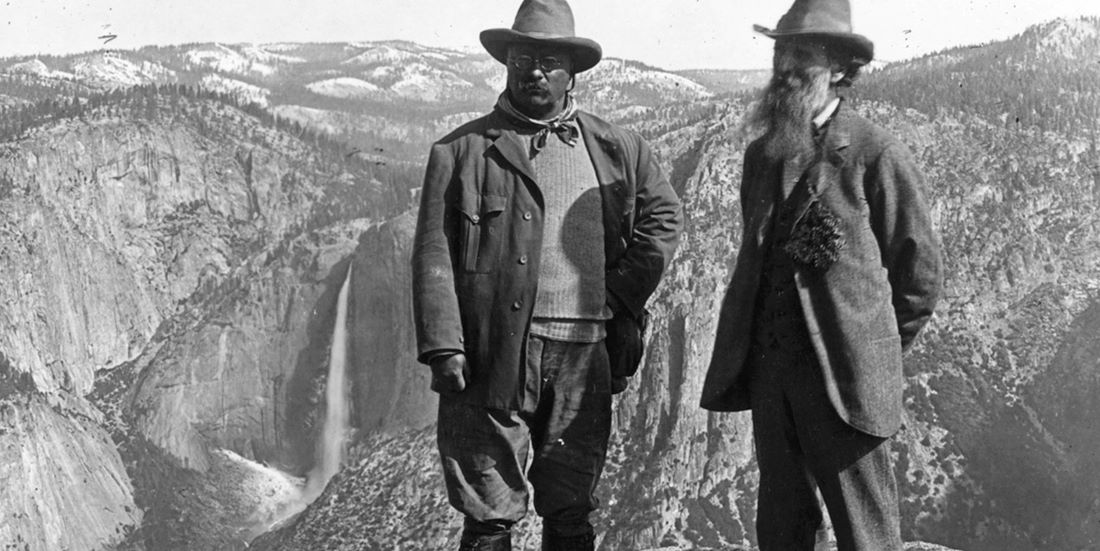Why John Muir?
Known as 'the father of national parks' in America, John Muir was instrumental in saving Yosemite Valley, founded the Sierra Club and is now recognised as one of the most influential figures in the conservation movement. And he was born in Scotland, in a small town called Dunbar.
Strangely, the choice of John Muir as the route name provoked wide debate on how a name normally associated with wild places in Scotland and iconic landscapes in the USA, like Yosemite and beyond, could be promoted in central Scotland. Given that John Muir was born in Scotland, it's ironic that his achievements and philosophy are not better understood and celebrated in the country where he spent his childhood. As the longest journey begins with the shortest step, encouraging Scots to engage with nature on their doorstep could awaken interest and respect for John Muir's wider philosophy.
Fittingly, given the man's tireless campaigning and work ethic, John Muir died in Los Angeles on Christmas Eve 1914, his hospital bed covered with manuscript pages from a book he was preparing. The New York Times described him as "one of the greatest thinkers of America", and added "some inkling of the man's greatness and versatility can be gleaned from a glance at the names of the lasting friends he made among the great men of the country. The most intimate of these included several presidents, among them Taft, Roosevelt and Woodrow Wilson."
It's been argued that Muir has become "one of the patron saints of 20th-century American environmental activity", and it's also been said that Muir understood his mission to be "saving the American soul from total surrender to materialism". Muir was noted for being an ecological thinker, political spokesperson and religious prophet, whose writings became a personal guide into nature for countless individuals. He was also a mountaineer, a geologist, a naturalist, an inventor, a glaciologist and of course a conservationist, but he said of himself:
"I could have become a millionaire, but chose instead to become a tramp".
His activism helped save Yosemite Valley, Sequoia National Park and other wilderness areas. In 1903 Muir accompanied President Theodore Roosevelt on a visit to Yosemite; they camped in the back country and when they awoke the next morning they were covered in a light dusting of snow. During that trip, Muir convinced Roosevelt that it would be logical to federalise Yosemite Valley itself and integrate it with the already federalised wider park. Two years later, Congress transferred the Mariposa Grove and the Valley to the Park.
 John Muir (right) with Theodore Roosevelt in Yosemite Valley in 1903
John Muir (right) with Theodore Roosevelt in Yosemite Valley in 1903
In 1892, Muir founded the Sierra Club and became its first president, a position he held until his death. The Sierra Club now enjoys a membership of some 3.8 million and has spawned similar bodies such as Friends of the Earth. Author Thurman Wilkins wrote that the primary aim of Muir's philosophy was to challenge mankind's "enormous conceit", and in doing so he developed a "biocentric perspective on the world".
This route, combined with Scotland's recognition of his achievements on April 21st each year, gives opportunities to develop a growing recognition of Muir in his homeland and remind ourselves that his inspirational work is even more relevant today than it was during his lifetime. We want to bring John Muir home.
Find out more about his life and work by exploring the links below:
